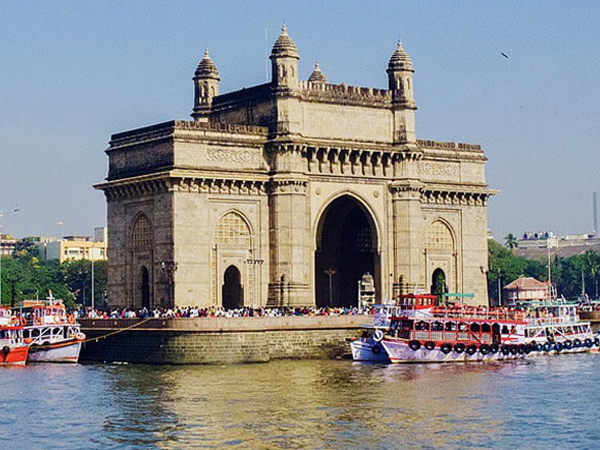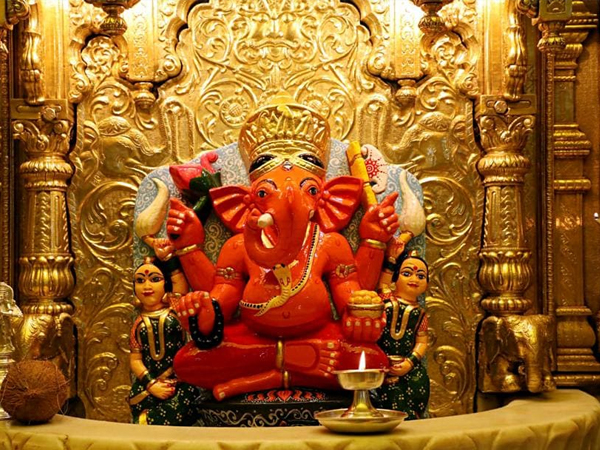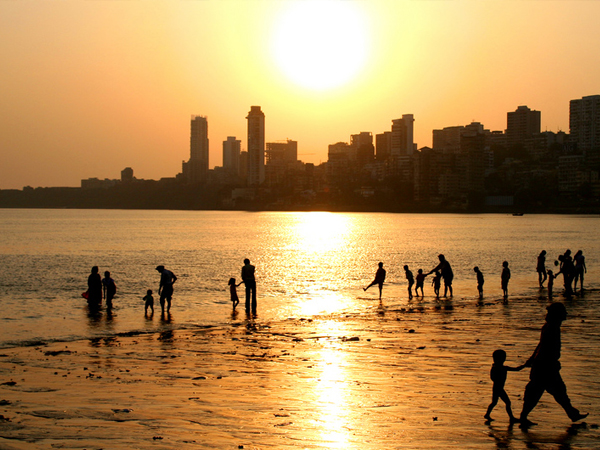Picturesque Pune, the ‘Queen of the Deccan’ nestles in the scenic Sahayadri ranges, on the edge of the Deccan plains. This ‘Cultural Capital of Maharashtra’ was once the glorious capital of the Maratha empire and the center of the Maratha awakening. It booms with all corollaries of modernization and also retains the rich cultural heritage. According to the Pune Gazetteer, the word Pune is derived from Punya’ or a holy place, as the city stands on the sacred a confluence (Sangam) of two rivers. Pune became the base of Chhatrapati Shivaji, the great Maratha emperor, whose exploits against the Bijapur army and Mughal king Aurangzeb are legendary. The Maratha emperors were followed by the Peshwas. In 1818, the British captured the city after the battle of Koregaon. The city also played an important role in the freedom struggle and was the nerve center of national politics during the lifetime of Lokmanya Tilak. Pune is also known as the “Oxford of India’ for its world-renowned educational and research institutions.
Aga Khan Palace – Kasturba Gandhi Memorial: It was built in 1908. by Imam Sultan Muhammad Shah Aga Khan III, the spiritual head of the Ismailiah Khoja community. Mahatama Gandhi, his wife Kasturba Gandhi, and private secretary Mahadeo Bhai Desai were imprisoned here during the Quit India Movement in 1942. Mahadeobhai Desai died on 15th August 1942 and Kasturba Gandhi passed away on 22nd February 1944+. Their bodies were cremated here and later on two marble samadhis were built in their memory. Khadi or cotton handloom garments and textiles can be purchased at a shop here.
Bhandarkar Oriental Research Institute: It is housed in a beautiful oriental style building and has over 20,000 manuscripts from the collection of Bolhar, Kielhorn, and Bhandarkar.
Bund Gardens or Mahatama Gandhi Udyan: The well laid out gardens on the right bank of the Mula-Mutha rivers is a popular evening spot. It has boating facilities and has a well-designed jogging track.
Kesari Wada: The famous Kesari newspaper was started here by Lokmanya Ba Gangadhar Tilak. who advocated ‘Self Rule’. The Ganapati festival was started in the courtyard of the Wada by Tilak.
Khunya Murlidhar Temple: This temple of Lord Krishna (Muralidhar) at Sadashi Peth was built in 1797, by Sadashiv Raghunath or Dada Gadre, a famous merchant.
Mahatma Phule Museum: This unique museum at Ghole Road, Shivaji Nagar was established in 1890. It showcases industrial, agricultural, and handicraft articles. There are also specimens of the body structures of different animal species.
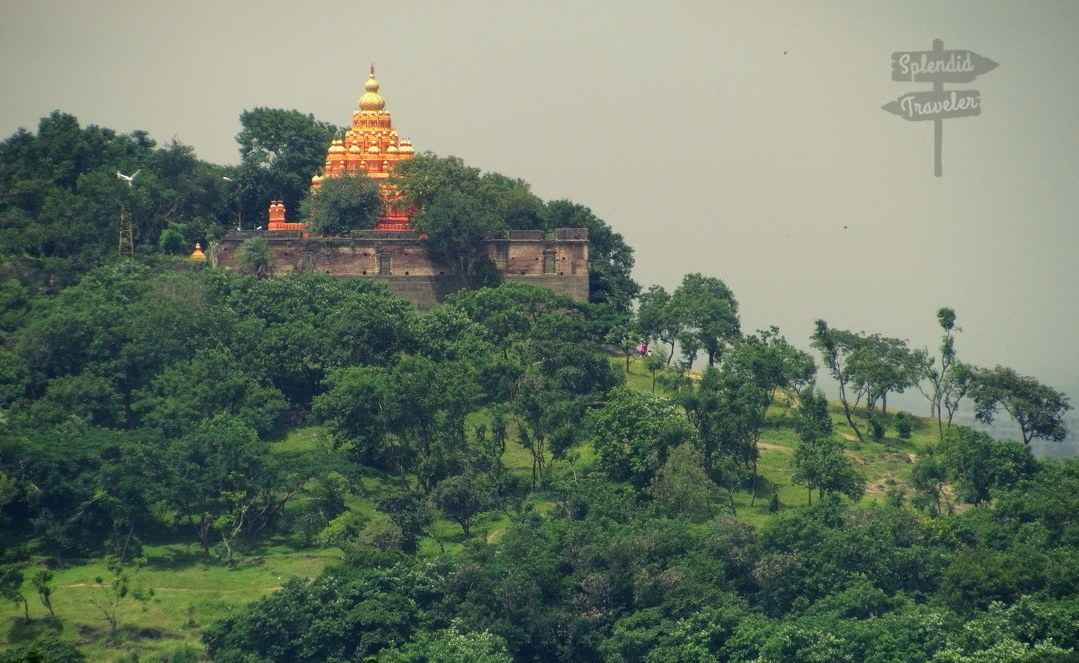 Parvati Hill & Temples: Parvati hill located in the south-east corner of Pune has the historic temple of Goddess Parvati and Lord Shiva (Devadevesvara). It can be reached through a flight of 108 steeply rising steps. The Parvati museum here displays portraits of Peshwas, old manuscripts, weapons, and coins. The hill affords a panoramic view of Pune city.
Parvati Hill & Temples: Parvati hill located in the south-east corner of Pune has the historic temple of Goddess Parvati and Lord Shiva (Devadevesvara). It can be reached through a flight of 108 steeply rising steps. The Parvati museum here displays portraits of Peshwas, old manuscripts, weapons, and coins. The hill affords a panoramic view of Pune city.
Pataleshwara Caves: The 8th-century rock-cut cave temples at Shivajinagar on the Jungli Maharaj Road are dedicated to Lord Pataleshwar (Shiva), the God of the nether world. The exquisitely carved caves have a shrine of Shiva in the center, with a huge lingam and the Nandi bull in front under a circular canopy. There is a small museum near the caves. A grain of rice exhibited here is engraved with about 5000 characters and finds a place in the Guinness Book of World Records.
Peshwe Udyan (Zoo): It is located near Saras Baug and has a rich variety of wild animals. Other attractions are a toy-train ride, an elephant ride, and boating.
Raja Dinkar Kelkar Museum: It lies at Shukarwar Peth on the Bajirao Road and is one of the major attractions of Pune. The museum is housed in a quaint Rajasthani-style building with a facade of red stone and its galleries bear the stamp of the Maratha period. It exhibits historical and everyday artifacts collected over 60 years by Shri Dinkar Gangadhar Kelkar from all over the country.
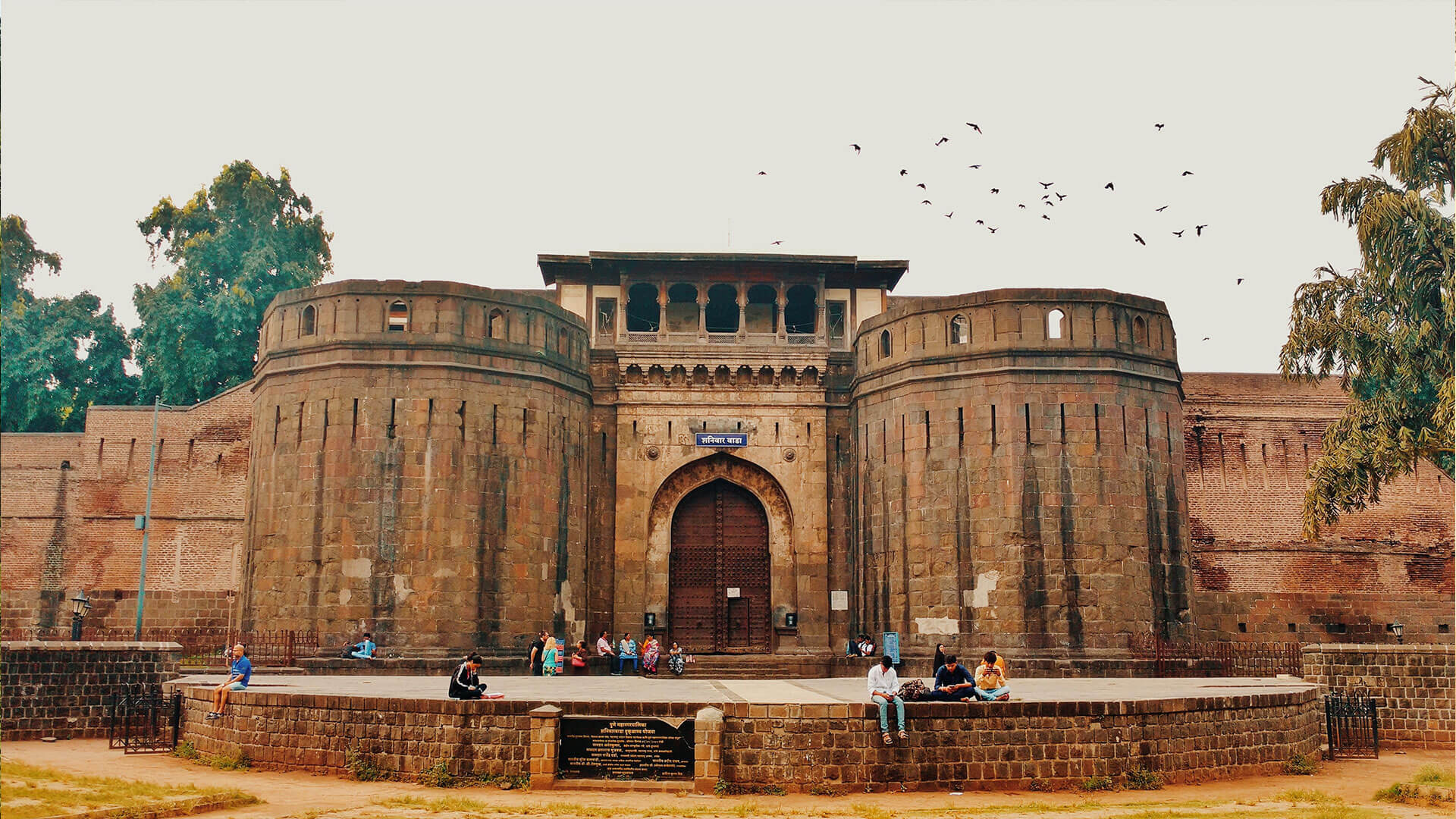 Shanwarwada Palace: This bastion of Peshwa power 1S an icon of Pune and its rich culture. It was built in 1736 and became the seat of political power under Bajirao-I. Within the massive walls of the Wada (fort) is the magnificent palace of Peshwas, which was destroyed by a major fire in 1827. There are well laid out gardens with impressive fountains. A fine statue of Bajirao Peshwa -I in front of the Wada is quite impressive. A Light and Sound show is held here in the evenings.
Shanwarwada Palace: This bastion of Peshwa power 1S an icon of Pune and its rich culture. It was built in 1736 and became the seat of political power under Bajirao-I. Within the massive walls of the Wada (fort) is the magnificent palace of Peshwas, which was destroyed by a major fire in 1827. There are well laid out gardens with impressive fountains. A fine statue of Bajirao Peshwa -I in front of the Wada is quite impressive. A Light and Sound show is held here in the evenings.
Shindyanchi Chhatri: The imposing structure at Wanawadi was built in the memory of great Maratha nobleman Mahadji Shinde, the commander of the Maratha army from 1760-80 under the Peshwas.
Tilak Smarak Mandir: It commemorates Lokmanya Tilak, the great freedom fighter and social reformer. A small museum on the ground floor is dedicated to Tilak.
Tribal Museum: This unique museum near the Don Bosco Bridge provides an interesting insight into the life of tribal communities of Maharashtra.
Vishrambaug Wada: The three-storied mansion of the Peshwas in the heart of the city is an icon of Pune’s rich culture and heritage. The Kirti Mandir museum here showcases the glorious history of Pune. Other places of interest in Pune are – Bal Gandharv Mandir, Bharat Itihas Samshodak Mandal, Dr. Ambedkar Museum, Film & Television Institute (FTII), National Film Archives of India, Lal Deval (Synagogue), Museum of Arthropoda, National War Museum, Omkareshwar Temple, Pune Ved Pathshala, Osho Ashram, etc.

